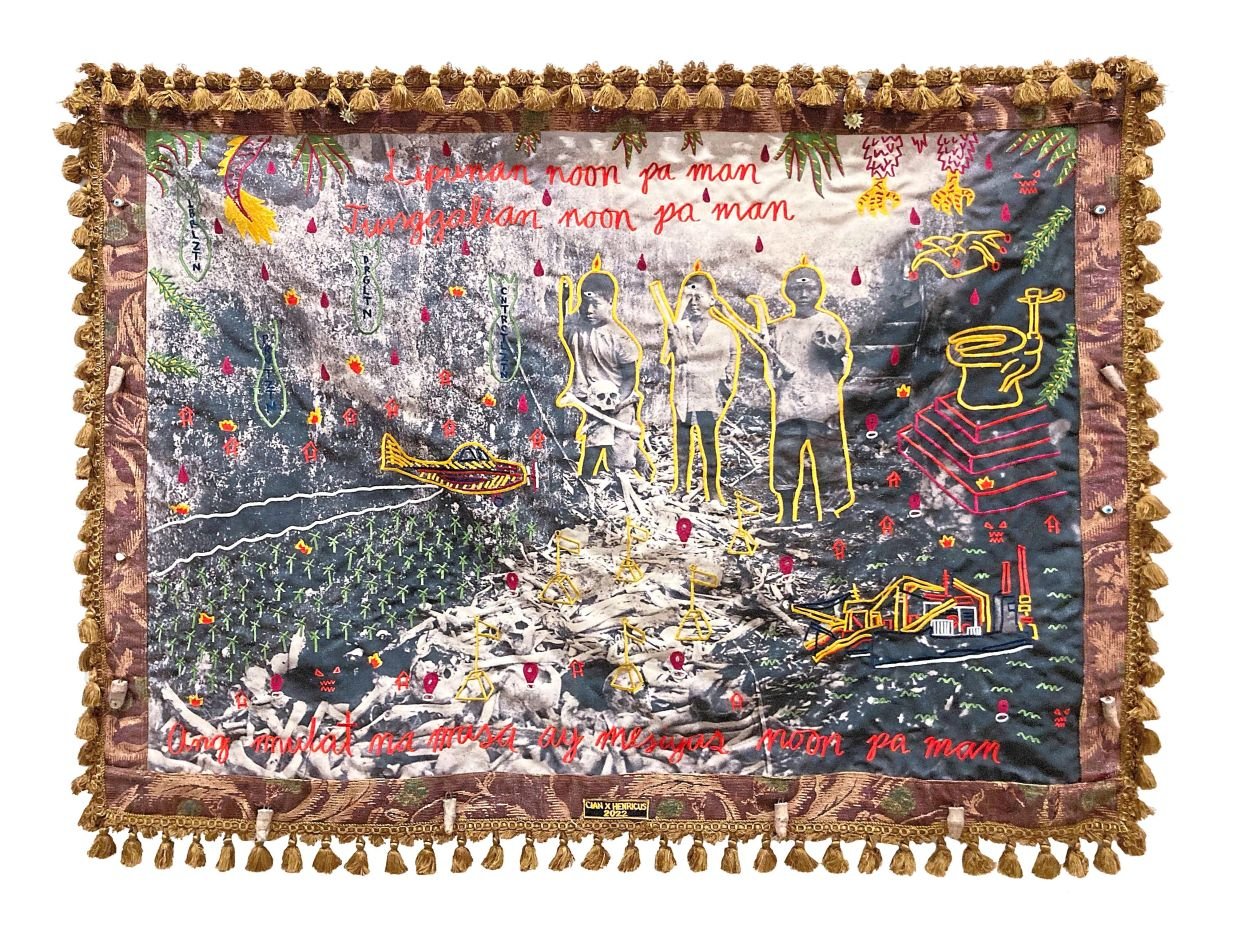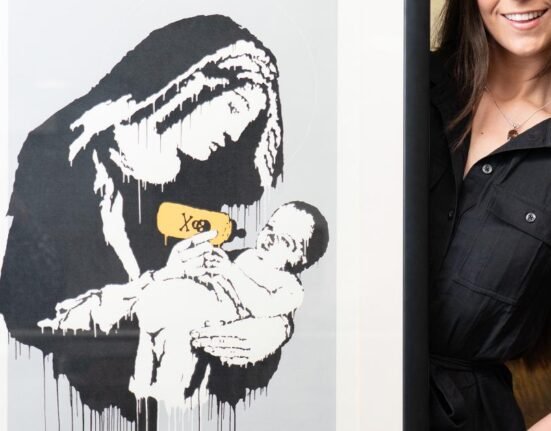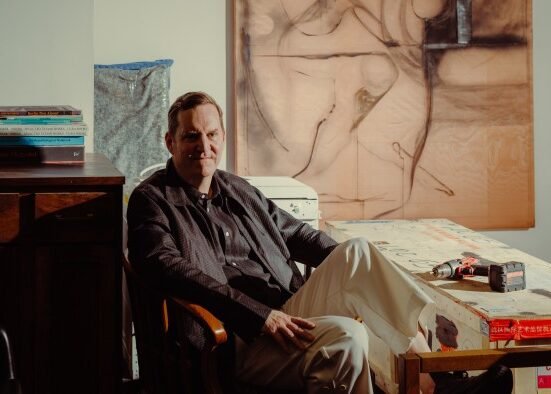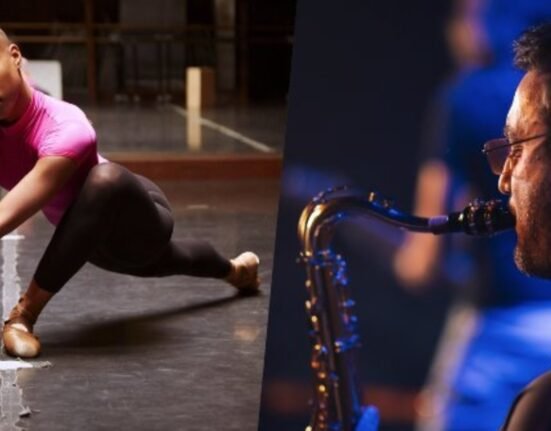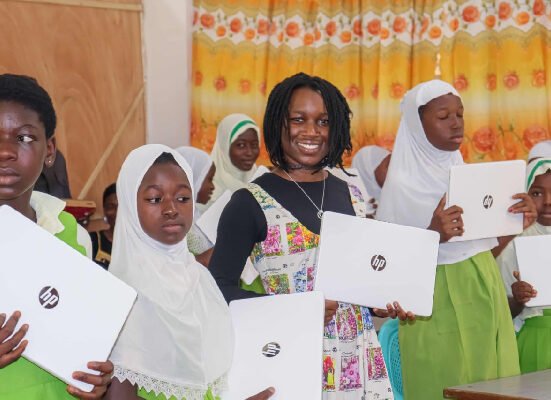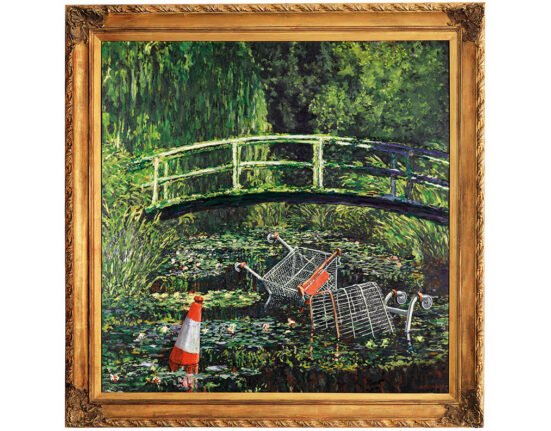After the reflective pause of the fasting month, the art scene in the Klang Valley comes alive this April, with bustling weekends (or quiet weekdays, depending on your art-viewing habits) filled with a mix of gallery shows and major exhibitions.
Here are a list of shows to explore:
BETWEEN READING AND SEEING
Kameelah Janan Rasheed (United States) and Cian Dayrit (Philippines) and are standout names on the poster for Wei-Ling Gallery’s new show A Colloquy, a group exhibition featuring eight contemporary artists exploring the essence of language and typography. The exhibition marks the Malaysian debut of Kameelah and Dayrit, giving local art lovers a chance to experience their work.
Running from April 8 to May 17, the exhibition will take over the entire space of the Brickfields-based gallery. The line-up also includes Choy Chun Wei (Malaysia), H. H. Lim (Malaysia), Ivan Lam (Malaysia), Marcos Kueh (Malaysia), Tan Zi Hao (Malaysia), and Yin Yin Wong (the Netherlands).
A Colloquy unravels the complexities of text – not as a rigid system of communication but as a living, shape-shifting entity. The artists deconstruct and reimagine letters, words, and symbols, exposing the inherent fluidity and ambiguity of written language.
Through deliberate choices in form – whether through variations in weight, spacing, structure, or distortion – they explore how text morphs alongside cultural and technological shifts.
In doing so, they reveal how typography is not merely a tool of clarity, but a medium of expression, tension, and interpretation, capable of evoking deep emotions and multiple meanings.
SHARED ASEAN CONNECTIONS
It’s always exciting when an institution launches two exhibitions at once. Bank Negara Malaysia Museum and Art Gallery (BNM MAG) will debut two new shows next week: Numismatic Marvels: Minted History, Printed Heritage and Palette And Pen.
Running from April 10 to Oct 12, these family-friendly exhibitions offer a perfect blend of art gallery discoveries and museum education.
Malaysia, like much of South-East Asia, is deeply rooted in the convergence of oral traditions, texts, and visuals. Prose, poetry, myths, and folk tales have long inspired artistic creation and continue to influence modern and contemporary work.
The Palette And Pen exhibition explores the intersection of art and literature through nearly 160 artworks by artists from Malaysia and Asean countries. It features a range of literary-inspired media, including paintings, prints, sculptures, and multimedia installations.
For regional history, Numismatic Marvels begins with Asean’s founding in 1967 and the roles of central banks. It then takes viewers on a journey through time, exploring the evolution of money – from barter and cowrie shells to the first coins and banknotes, alongside currencies from ancient kingdoms like Funan, Srivijaya, and Majapahit.
HOW A CYCLE BEGINS
A+ Works of Art gallery in Kuala Lumpur continues its streak of thought-provoking South-East Asian exhibitions, with veteran Indonesian artist Agus Suwage set to present A, his first solo show in Malaysia in more than 20 years. The exhibition is curated by Jakarta-based Bob Edrian.
The show opens on April 12, with a curatorial tour taking place at 3pm. It will run through May 3.
Agus, one of Indonesia’s most revered contemporary artists, explores identity, ethnicity, religion, and politics through his paintings, drawings, sculptures, and installations.
“A is presented as the bedrock of Agus Suwage’s many kinds of cycles. A can represent the first letter of his name, as well as the first letter of the alphabet. It also refers to the standard tuning pitch in Western music, set at 440 Hz – a discipline that Agus Suwage deeply appreciates and frequently integrates into his artistic expressions. A is the beginning, A is the foundation – thus, A can be understood as both the root and the gateway that unveils layers of meaning within Agus Suwage’s aspirations,” outlines the curatorial notes.
With a 40-year career and works in museums from Japan to the United States, Agus has achieved global recognition – making this exhibition at A+ Works of Art a must-visit for discerning art enthusiasts.
THE ASPHALT WORLD
In a country with an extensive network of highways, flyovers, toll and non-toll expressways, as well as federal and state roads, it often takes an outsider to make sense of this complex web of roads. This is the question Singaporean artist Yeo Tze Yang explores in his painterly work.
His first solo exhibition since moving to Kuala Lumpur, Observations Under The Flyover, isn’t about a grand migration but rather a shift into a different rhythm. It will be showing at The Back Room gallery at the Zhongshan building in KL from April 18 to May 11.
While his earlier works traced the contours of an entire island city-state, Yeo, who is a self-taught artist, now focuses on Pandan Jaya, a neighbourhood tucked between the bustling highways of the Klang Valley – neither central nor peripheral. Living and working in the area around his studio, his practice is shaped by routine.
In his act of dwelling, he doesn’t paint from nostalgia but from the experience of being in a place long enough to observe the details – the curve of a footpath, the tilt of a stall, the glow of a shop sign after dark.
Observations Under The Flyover, as stated by the exhibition notes, is neither a grand commentary nor a romanticised ruin. Instead, Yeo’s works carry an insistence: that even in the in-between, there is something worth noticing.
SEEDS OF HISTORY
Ilham Gallery in KL will open The Plantation Plot from April 20 to Sept 21. The exhibition is a collaboration with Kadist, a global non-profit arts organisation committed to fostering dialogue on societal issues through art.
Curated by Lim Sheau Yun – an emerging Malaysian curator selected by Ilham Gallery and Kadist based on her proposal – the exhibition explores the plantation’s historical and contemporary legacies.
Lim is also a writer and editor specialising in the histories of art and architecture.
Featuring the work of 28 artists and collectives, primarily from South-East Asia and the Americas, The Plantation Plot sheds light on a system driven by growth, profit, and global trade, where monocrop commodities were cultivated on an industrial scale and circulated worldwide.
As the economic engine of European imperial expansion, plantations produced cash crops for export, fuelling the accumulation of surplus wealth. Drawing from the ideas of Jamaican critic Sylvia Wynter, the exhibition reimagines the plantation plot as both a physical site and a narrative framework – one that continues to shape societies, economies, and landscapes today.
The Plantation Plot showcases over 60 works from Kadist, Ilham Gallery, and various private and public collections, along with several commissioned pieces.
Another must-see at Ilham Gallery is Pollination 4: the palms of y/our hands, created by Diana Nway Htwe, Jae Jae, M, Mark Teh, Okui Lala, Steven Nyi Nyi and collaborators. Running from April 20 to July 20 at Level 3, this edition explores Myanmar’s generational migration stories, particularly between Penang and Yangon, tracing cycles of mobility, displacement, and connection.
Pollination is a biannual platform supporting emerging South-East Asian curators and artists in exploring cross-border narratives.
A NEW PULL IN PJ
Tali Art Gallery, a new arts space in Petaling Jaya’s Jam PJ (behind Gasket Alley), is set to become an exciting addition to the suburban art scene. Led by French-born owner and curator Thomas Martin, the gallery aims to offer art enthusiasts a fresh destination in the neighbourhood.
The gallery’s inaugural (group) exhibition, Transmapping, will run from April 19 to May 24.
Featuring artists such as Ramlan Abdullah, Syahnan Anuar, Jean-Bernard Barsamian, Alice Dixon, Eunice Jack, Kathleen Paddoon, Agung Pramana, Kitikong Tilokwattanotai, Léa Valentin, and Marina Vandra, the show presents artworks from Malaysia, Thailand, Indonesia, Australia, and France.
Transmapping – through installation, painting, sculpture, and printmaking – explores the concept of art as a transition between spaces, locations, and the viewer’s perception.

